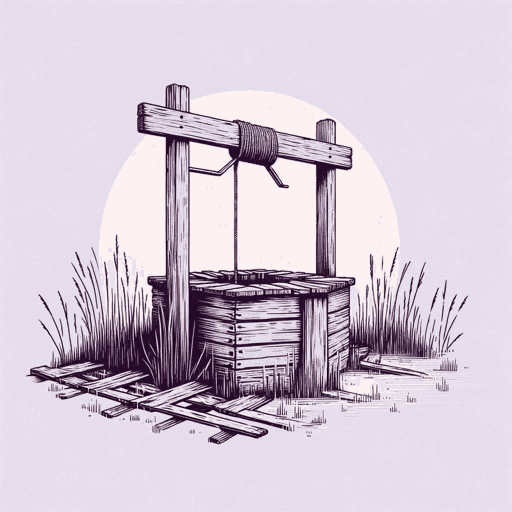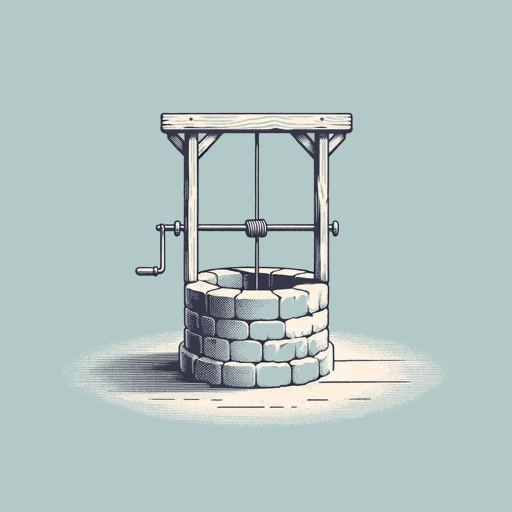31 pages • 1 hour read
Stephen KingThe Ledge
Fiction | Short Story | Adult | Published in 1976A modern alternative to SparkNotes and CliffsNotes, SuperSummary offers high-quality Study Guides with detailed chapter summaries and analysis of major themes, characters, and more.
Literary Devices
Foreshadowing
Foreshadowing is a literary device used by authors to provide hints or clues about what will happen later in the story. It can be presented in various ways, such as through the dialogue, actions, events, or even the setting. The purpose of foreshadowing is to create anticipation in the reader’s mind about what might happen next, thereby adding an extra layer of tension to the narrative.
In “The Ledge,” Stephen King employs foreshadowing to heighten the suspense and set the tone for the upcoming events. One of the most prominent instances of this technique is seen when Cressner explains the bet to Stan. His casual mention of previous bets and the nonchalant way he describes the challenge ahead serves as a subtle hint to the reader about the impending challenge that Stan is about to face. By introducing this element of danger early on, King sets the mood for the story, prepping the reader for a suspense-filled narrative.
Another subtle use of foreshadowing is the initial description of the ledge itself. King spends time describing its narrowness, the sheer drop, and the city far below.
Related Titles
By Stephen King

11.22.63
Stephen King

1408
Stephen King

Bag of Bones
Stephen King

Billy Summers
Stephen King

Carrie
Stephen King

Children of the Corn
Stephen King

Cujo
Stephen King

Different Seasons
Stephen King

Doctor Sleep
Stephen King

Dolores Claiborne
Stephen King

Duma Key
Stephen King

Elevation: A Novel
Stephen King

End of Watch
Stephen King

Fairy Tale
Stephen King

Finders Keepers
Stephen King

Firestarter
Stephen King

From a Buick 8
Stephen King

Full Dark, No Stars
Stephen King

Gerald's Game
Stephen King

Gwendy's Button Box
Stephen King, Richard Chizmar

